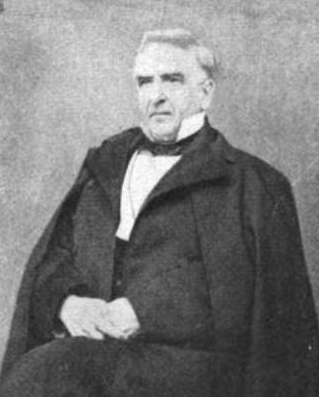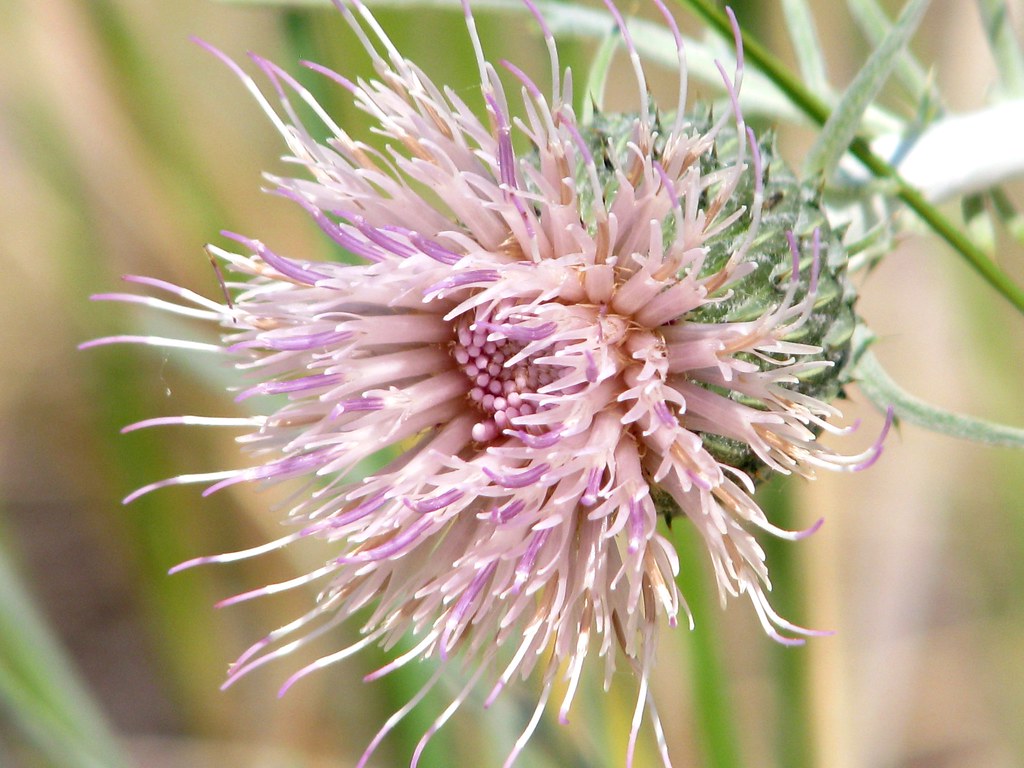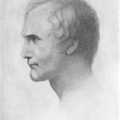Zina Pitcher
The Botanist Regent
It’s the birthday of Zina Pitcher (April 12, 1797 in Sandy Hill, New York – April 5, 1872 in Detroit).
He managed to pack a lot of living and incredible relationships into his 75 year life.
He established the Detroit public school system. He taught at West Point. He was Michigan’s most prominent doctor and became a president of the American Medical Association He was mayor of Detroit; twice. He was a tireless member of the Board of Regents of the University of Michigan and was praised as the longest serving and hardest working of the 12 original regents.
As regent, it was Pitcher’s vision that made him an early advocate of acquiring John J. Audobon’s“The Birds of America” for the U-M Library.
An amateur botanist,Pitcher had discovered plant species, including a thistle - now called Pitcher’s Thistle (Carduus pitcheri or Cirsium pitcheri) in his honor. The white-to-pale-pink flowering thistle is familiar to beachcombers throughout the Great Lakes.
While he was a regent, his love of horticulture came in handy when it was time to hire professors. The name Asa Gray floated to the top of their list. Gray was mentored by the nation’s top botanist: John Torrey. When Gray arrived in Michigan, his first stop was at Pitcher’s home in Detroit. Accepting the job, Gray needed to push back his start date by one year to finish his studies in Europe. This would give the University time to get building facilities on campus. In the meantime, the regents asked Gray to buy books for the school while he was abroad. How fun! Gray shopped his bachelor buttons off; shipping over 3,700 books back to Ann Arbor.
Sadly, when his year in Europe was over, Gray never made it to Michigan. Harvard stole him away. But his ties to the University and all those books he bought helped create the school library and a fine reputation to attract young scholars.
Today, the street, Zina Pitcher Place in Ann Arbor is named in his honor.
In the early 1840s, a boy with a badly broken arm had been brought to Detroit from northern Michigan. Untreated, his condition had grown so grave that the doctor he saw prepared to amputate.
At the last minute, when the boy was strapped down for surgery, Dr. Zina Pitcher was consulted. After a careful examination, he asked if he might try to save the arm. Pitcher’s intervention succeeded.
The boy, Peter White, grew up to be a regent of U-M himself, and long afterward, he saw to it that Zina Pitcher’s grave in Detroit was planted with blossoming flowers every spring.
This post was featured onThe Daily Gardener podcast:
helping gardeners find their roots,
one story at a time







